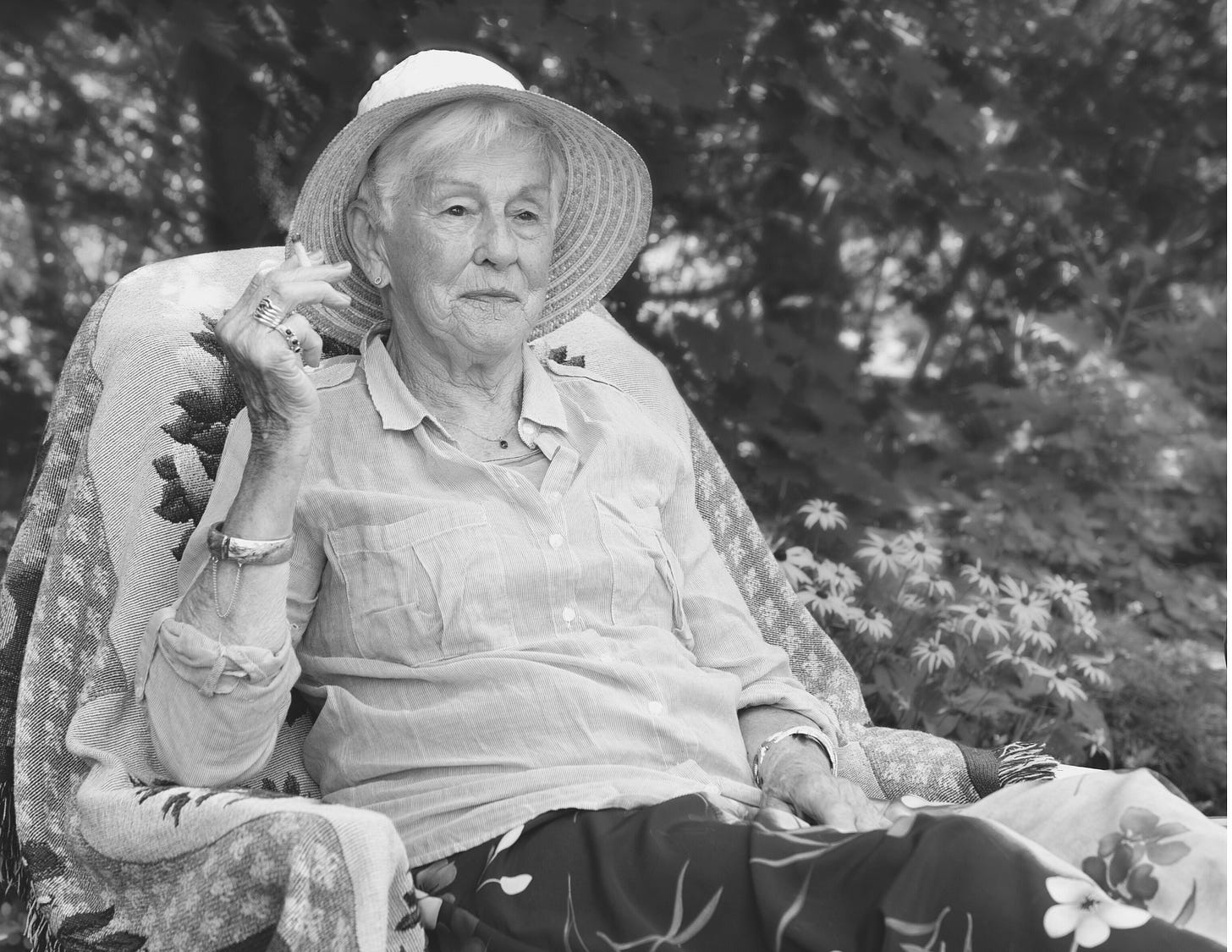Oh, What’s in a Strain Name?
What dispensaries could stand to gain by embracing chemotypes over strain names.
Cannabis strains have been a part of the industry for decades. Granddaddy Purp, Sour Diesel, Blue Dream, Girl Scout Cookies—the list goes on and on. Many growers take great pride in their legacy strains with years and years of dedication to their craft. But what happens when a lay person comes into a dispensary? Overcoming the anxiety from stigma, many people feel uncomfortable and just plain awkward the first time they walk into a cannabis shop. When they ask the budtender for recommendations, the jargon can be… well, jarring.
For the initiated, we’ve all had a chuckle about cannabis “strain” names. Alaskan Thunder F*ck and Cheetah Piss have been my personal favorites to be objects of scorn. Imagine a 75-year-old grandmother entering a dispensary for the first time. She reads the menu and is left bewildered. She tells the budtender she needs something for pain relief. The eager budtender promptly directs her towards one of the aforementioned products. In a heavy southern accent, our lil’ ole grandmother shouts, “Oh, my stars! I don’t want that!” And she storms out offended.
While this story is a bit hyperbolic for illustrative purposes, I’ve personally witnessed an exchange like aforementioned one at a hemp shop in Northwest Georgia. In reality, there were two elderly ladies instead of one and both left without a single product. I asked the clerk how often this happened, and he replied, “All the time.” That interaction has stayed with me for years and developed into a burning question. How much money is being left on the table by creating more discomfort for an already uncomfortable customer? And even more, how many people are going without cannabis when they could greatly benefit from it because of this type of language?
When it comes to creating an inviting and soothing atmosphere, a person needs to feel at ease. The new provides excitement. The familiar provides comfort. Cannabis itself is old, but the industry is new. For thousands of years, people regarded cannabis as a medicinal and sometimes, sacred plant. Only in the past one hundred years have we forgotten this truth. And this truth is what disintegrates stigma, for stigma can only thrive through ignorance. Stereotyping cannabis and its consumers have perpetuated this ignorance. Time for facts to be elucidated.
With strain names, rarely are they representative of the plant itself. Even the word “strain” is incorrect. As a leading cannabis scientist and researcher, Dr. Ethan Russo, has tirelessly pointed out, plants don’t have strains, only viruses and bacteria do. Plants have chemical varieties or “chemovars”. The industry has used strains in an attempt to map out the plant’s genetics. But there’s a major problem with this approach. That’s because genetics alone do not determine the final outcome of a plant. Cultivation practices play a huge role in genetic expression, especially with respect to terpenes. What you have as a result is a plant having the same name, like Gorilla Glue, with wildly different effects.
We want to honor the legacy market. It’s the right and noble thing to do. But how do we do so without expensing truth and progress?
Perhaps we begin with its roots, the growers. Cultivators that have mastered cannabinoid profiles and selective breeding will be in high demand. The more cannabis is normalized as an alternative therapeutic, the more it will be embraced by mainstream audiences. Consumers will demand greater varieties as they become more acquainted with the various effects. Innovations in consumption will allow for more precision in dosing, offering perhaps more predictability in outcome. Legacy market actors can provide (and profit) from being the foundation of the current, legal market. It will be a matter of directing consumers to their superior product.




